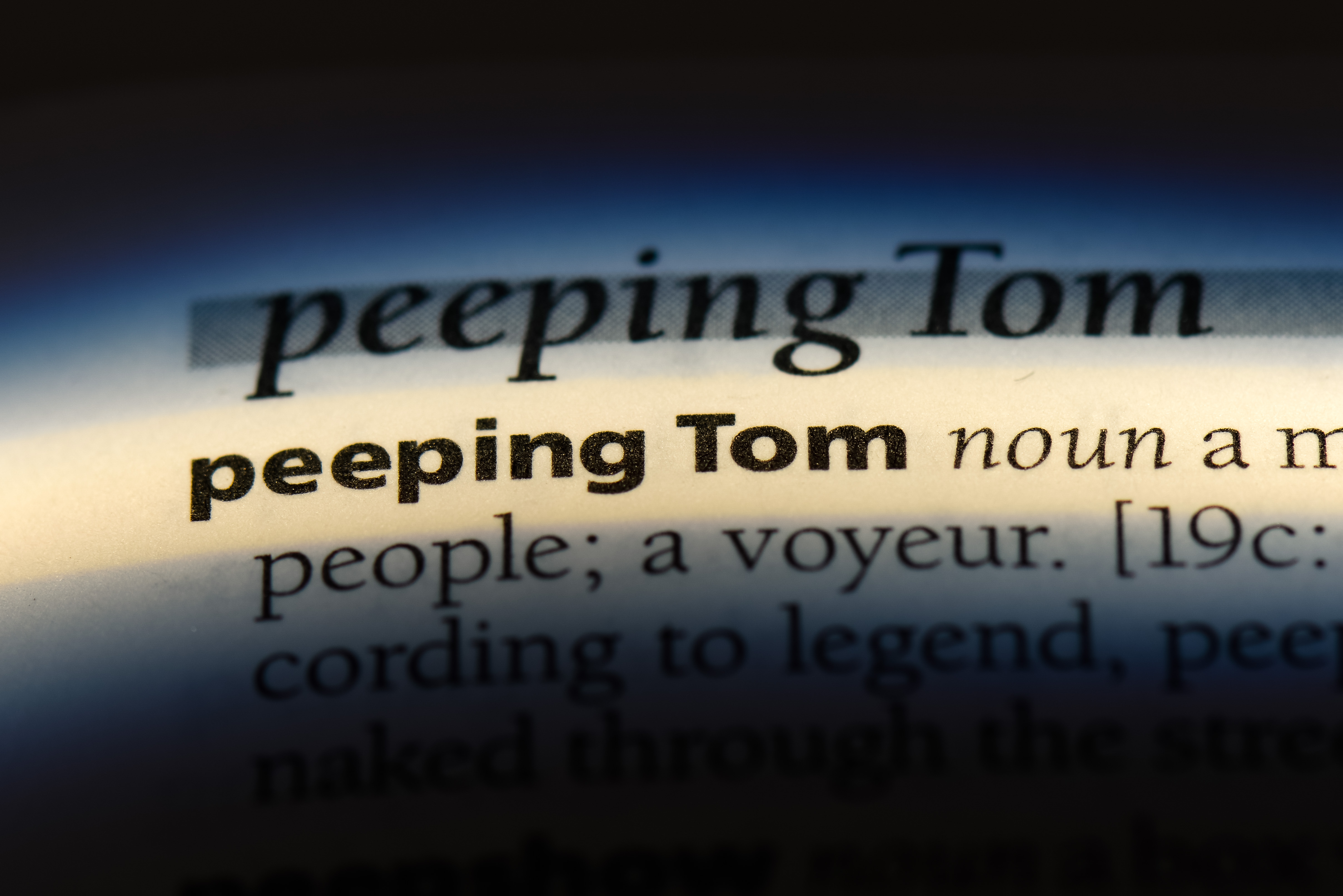Share This Article
ArrayBy Sahar Adatia and Jimmy Singh.
A 34-year-old man from NSW has been charged after he was allegedly caught peeping into a home in the state’s Riverina region before assaulting a police officer.
NSW Police reports that on 15 June 2020, officers were called to a home in Mount Austin following statements a man was peering into the window of the property.
As Riverina Police District officers arrived, they allegedly discovered the man hiding on the veranda.
The man then absconded on foot, jumping over the fences of several surrounding properties.
Police managed to apprehend the man, however, during his arrest he then went on to allegedly punch an officer.
He was taken to Wagga Wagga police station and charged with peeping or prying.
He was also charged for entering enclosed land without a lawful excuse and resisting an officer in execution of duty.
After extensive questioning, the man was also charged with remaining in a building with the intent to commit an indictable offence and stalk/intimidate intend fear physical harm.
He was refused bail, due to attend Wagga Wagga Local Court at the end of the month.
Voyeurism: Understanding the Nature of a Peeping Tom
Voyeurism, which is the more scientific term for a Peeping Tom, is loosely defined as spying on unsuspecting individuals for sexual gratification.
An individual who has an inclination towards voyeurism tends to normally experience sexual arousal when spying intentionally on unsuspecting people.
The person being watched may be naked, taking off their clothing or even engaging in sexual activities, while the voyeur may also record these acts for later viewing.
Voyeurs are also known to use binoculars, mirrors, and recording cameras while peering through peepholes and windows.
Voyeurs exist in all shapes and sizes, with research into voyeurism revealing that many people feel compelled to grab the opportunity to have a peek at someone when they know they shouldn’t.
Moreover, research also shows that a large proportion of people confess they would have a tendency to watch an attractive person undress if they knew they would not be caught, while many men also admit they would peer onto two attractive people engaging in sexual activities if they knew they would not be detected.
Voyeuristic Disorder
Where Peeping Toms undergo psychological examination, they meet the clinical diagnosis of Voyeuristic Disorder.
The Diagnostic and Statistical Manual of Mental Disorders 5th Edition (DSM V) provides diagnostic criteria for Voyeuristic Disorder.
The first measure requires “recurrent and intense sexual arousal from observing an unsuspecting person who is naked, in the process of disrobing, or engaging in sexual activity, as manifested by fantasies, urges, or behaviours” over a period of at least six months.
The second measure necessitates acting on such impulses with a non-consenting person or experiencing “clinically significant distress or impairment in social, occupational, or other important areas of functioning” as a result of the sexual urges.
The third measure entails that the person experiencing the requisite arousal and/or acting on the experienced desires to be at least 18 years of age, recognising that sexual curiosity is common during adolescence and puberty.
Voyeuristic disorder tends to be described more commonly in men compared to women.
Nevertheless, individuals who do not meet the clinical definition may ultimately act upon voyeuristic desires, engaging in intrusive, harmful and even criminal behaviour.
In NSW, section 547 of the Crimes Act 1900 (NSW) sets out that it is a criminal offence to be in a building, or near a building without reasonable cause, with the intention of looking, peeping or prying upon another person.
The penalty for peeping or prying in NSW can result in a criminal conviction. The maximum penalty that a court can impose is up to three months in jail or a fine of $220.
Privacy is a highly-valued right to most if not all members of society.
Peeping or prying includes a variety of behaviours, including peeping through the window of a neighbour’s home while they undress, moseying around buildings gazing through windows to observe the people inside, and peering through the wall of an adjoining house to ogle at neighbours.
Peep or pry offences are commonly dealt with in the Local Court before a magistrate.
Have a question on this topic of law? Get in touch with our criminal lawyers in Sydney today.
Book a Lawyer Online
Make a booking to arrange a free consult today.
Call For Free Consultation
Call Now to Speak To a Criminal Defence Lawyer
Over 40 Years Combined Experience
Proven SuccessAustralia-Wide
Experienced LawyerGuarantee
 (02) 8606 2218
(02) 8606 2218
 (02) 8606 2218
(02) 8606 2218














